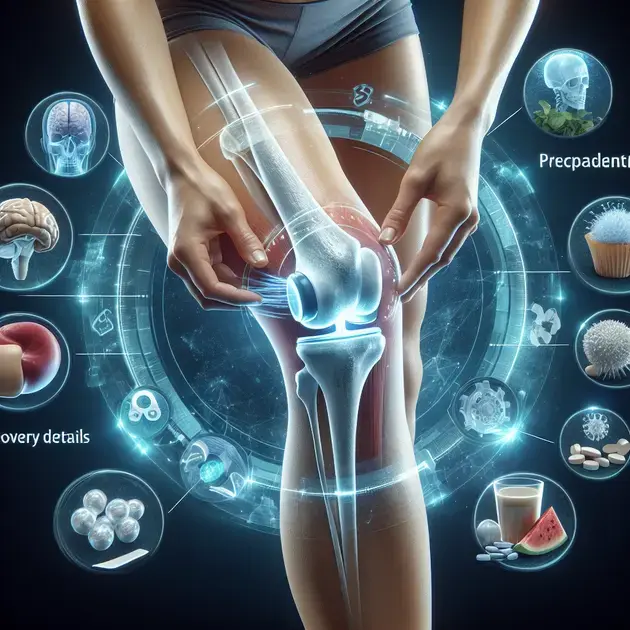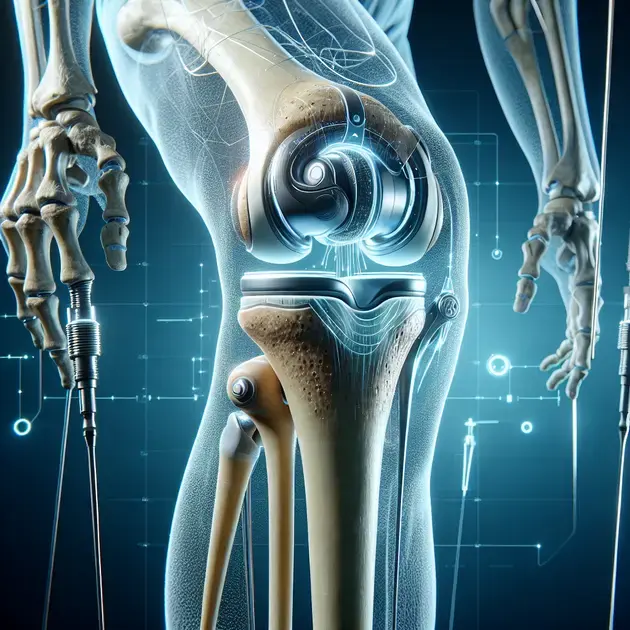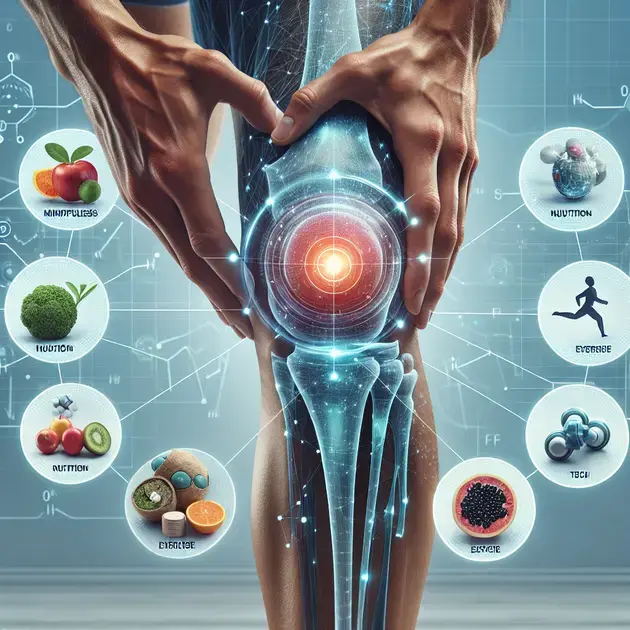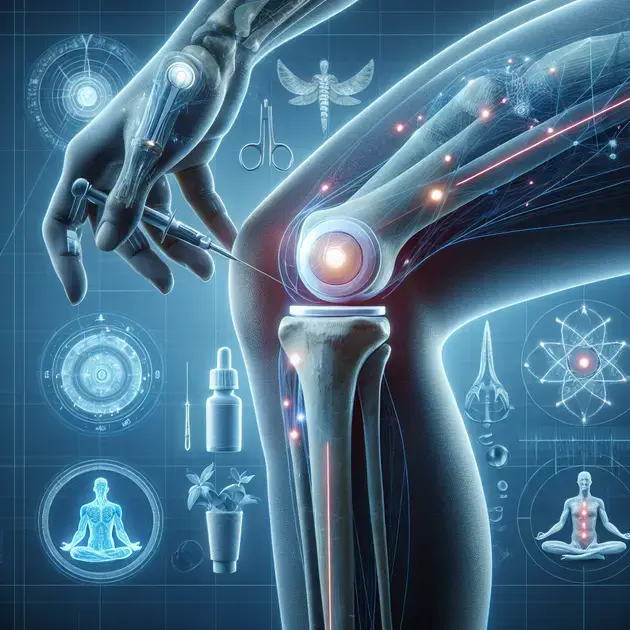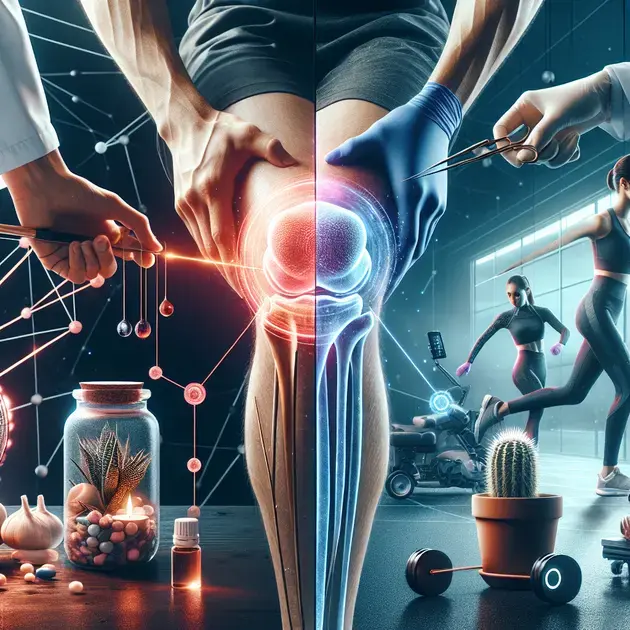Relieve Pain Easily with These Simple Tips
If you are struggling with pain and looking for effective ways to alleviate it, you have come to the right place. In today’s fast-paced world, more and more people are experiencing different types of pain due to various reasons such as long hours sitting at a desk, poor posture, or muscle strains.
Fortunately, relieving pain doesn’t always have to involve complicated solutions or expensive treatments. In this blog post, we will share some simple yet highly effective tips that you can easily incorporate into your daily routine to help relieve pain and improve your overall quality of life.
Effective Posture Techniques for Pain Relief
Proper posture is essential for relieving pain and tension in your body. One effective technique is to align your ears, shoulders, and hips while standing or sitting. To achieve this, imagine a straight line running from your ears down to your shoulders and hips. Maintain this alignment throughout the day to reduce strain on your muscles and joints. You can also use posture-correcting devices or apps like “PostureScreen Mobile” to track your posture and receive feedback on how to improve it.
Another helpful posture technique is to practice yoga or Pilates regularly. These exercises can strengthen and stretch your muscles, helping you maintain good posture and alleviate pain. Apps like “Yoga Studio” or “Pilates Anytime” offer guided classes and routines specifically designed to improve posture and reduce discomfort.
Additionally, incorporating ergonomic furniture and tools into your workspace can make a significant difference in your posture. Adjustable desks, ergonomic chairs, and keyboard trays can help you maintain a neutral spine position while working. Websites like “ErgoDirect” provide information on ergonomic products and tips for creating a more posture-friendly environment.
Remember to take breaks throughout the day to stretch and adjust your posture. Set reminders on your phone using apps like “Stretchly” or “Stand Up! The Work Break Timer” to encourage regular movement and posture adjustments. By incorporating these techniques into your daily routine, you can effectively manage pain and discomfort associated with poor posture.
Stretches to Release Tension and Discomfort
Stretching is a powerful way to release tension and discomfort in your muscles. One effective stretch for the back is the cat-cow pose in yoga. Start on your hands and knees, arching your back up towards the ceiling like a cat, then lowering your belly and lifting your head like a cow. Repeat this movement several times to loosen up your spine.
Another beneficial stretch is the seated spinal twist. Sit on the floor with your legs extended, then cross one leg over the other and twist towards the crossed leg, placing your opposite elbow on the outside of your knee. Hold the stretch for a few breaths, then switch sides. Apps like “Pocket Yoga” or “Yoga For Beginners” offer guided routines with various stretches to alleviate tension and discomfort.
For shoulder and neck tension, try the shoulder rolls exercise. Stand or sit up straight and roll your shoulders in a circular motion, moving them up, back, down, and forward. This movement can help release tightness in your shoulder muscles and improve circulation. Websites like “Verywell Fit” provide detailed instructions on how to perform shoulder rolls correctly.
It’s essential to listen to your body and stretch gently without forcing any movements. Incorporate these stretches into your daily routine, especially after long periods of sitting or physical activity, to promote relaxation and alleviate discomfort in your muscles.
Mindful Practices for Managing Pain
Mindfulness techniques can be effective in managing pain and promoting overall well-being. One practice is deep breathing exercises, which can help reduce stress and tension in your body. Find a quiet place to sit or lie down, close your eyes, and take slow, deep breaths in and out. Apps like “Calm” or “Headspace” offer guided breathing exercises and meditation sessions to help you cultivate mindfulness and alleviate pain.
Another mindful practice is body scanning, where you systematically focus on each part of your body, paying attention to any sensations or areas of discomfort. This technique promotes awareness and relaxation, allowing you to acknowledge and release pain. Websites like “Mindful.org” provide information on how to practice body scanning effectively.
Visualization techniques can also be beneficial for managing pain. Close your eyes and imagine a peaceful and calming place, focusing on the details and sensations of this imagined environment. Apps like “Insight Timer” or “Breethe” offer guided visualization exercises to help you redirect your focus from pain to a more positive mental state.
It’s important to incorporate these mindful practices into your daily routine to build resilience against pain and stress. By developing a mindfulness habit, you can cultivate a more positive outlook on managing pain and enhance your overall quality of life.
**Effective Posture Techniques for Pain Relief**
Benefits of Proper Posture
Proper posture is essential for maintaining a healthy musculoskeletal system and preventing pain and discomfort. When you sit, stand, and move with correct alignment, you reduce the strain on your muscles, joints, and ligaments. This can help alleviate existing pain and prevent further issues from developing. Additionally, good posture can improve your breathing, digestion, and overall energy levels.
One effective posture technique is to imagine a string pulling you up from the top of your head, lengthening your spine and aligning your body from head to toe. Another tip is to keep your shoulders relaxed and your chin parallel to the ground. By being mindful of your posture throughout the day, you can experience significant pain relief and improve your overall well-being.
Here is a step-by-step guide on how to improve your posture:
- Sit or stand up straight with your shoulders back.
- Align your ears with your shoulders and keep your chin parallel to the ground.
- Distribute your body weight evenly on both feet while standing.
- Engage your core muscles to support your spine.
- Take breaks to stretch and move around if sitting for long periods.
Exercises for Posture Improvement
In addition to maintaining proper alignment throughout the day, incorporating specific exercises into your routine can further enhance your posture and alleviate pain. Yoga and Pilates are excellent practices that focus on core strength, flexibility, and alignment. These disciplines can help you strengthen the muscles that support good posture and release tension in areas prone to discomfort.
One effective stretch to release tension in the upper back and shoulders is the shoulder blade squeeze. To perform this exercise, sit or stand tall and squeeze your shoulder blades together, holding for a few seconds before releasing. Repeat this movement several times to improve upper body posture and reduce stiffness.
Another beneficial exercise is the cat-cow stretch, which targets the spine and helps improve flexibility and alignment. Start on your hands and knees, arching your back like a cat and then dropping your belly towards the floor like a cow. Flowing between these positions can relieve back pain and promote better posture.
Incorporating these exercises into your daily routine can enhance the effectiveness of your posture techniques and contribute to long-term pain relief and improved mobility.
Mindfulness Techniques for Pain Management
Mindfulness practices can play a significant role in managing pain and promoting overall well-being. By cultivating awareness of your body and mind, you can develop a greater understanding of how pain impacts your daily life and learn techniques to cope with discomfort effectively.
One mindfulness practice for pain management is body scanning, where you focus on different parts of your body and observe any sensations without judgment. This can help you identify areas of tension or pain and work towards releasing them through relaxation techniques or gentle movements.
Another beneficial mindfulness technique is deep breathing exercises, which can help calm the nervous system and reduce stress levels associated with pain. By taking slow, deep breaths and focusing on the present moment, you can alleviate physical and emotional tension, promoting a sense of ease and comfort.
Practicing mindfulness regularly and incorporating techniques such as body scanning and deep breathing into your daily routine can empower you to manage pain more effectively and improve your quality of life.
**
Conclusion
**
Proper posture is not only crucial for maintaining a healthy musculoskeletal system but also plays a significant role in preventing pain and discomfort. By sitting, standing, and moving with correct alignment, you can reduce strain on your muscles, joints, and ligaments, leading to alleviation of existing pain and prevention of future issues. Furthermore, good posture has far-reaching benefits, improving your breathing, digestion, and overall energy levels.
Effective posture techniques, such as envisioning a string lengthening your spine from the top of your head, and keeping your shoulders relaxed with chin parallel to the ground, can yield substantial pain relief and enhance your overall well-being. These simple adjustments can have a profound impact on your daily life, promoting increased comfort and mobility.
Incorporating specific exercises into your routine, like yoga and Pilates, can further optimize your posture and alleviate pain. By focusing on core strength, flexibility, and alignment, these practices strengthen the muscles that support good posture and release tension in areas prone to discomfort. With exercises like the shoulder blade squeeze and cat-cow stretch, you can target key areas that often bear the brunt of poor posture, improving flexibility and reducing stiffness.
Mindfulness techniques, such as body scanning and deep breathing exercises, are invaluable tools for managing pain and enhancing overall well-being. By cultivating awareness of your body and mind, you can better understand the impact of pain on your daily life and develop effective coping strategies. These practices not only help in identifying areas of tension or pain but also in releasing them through relaxation techniques, fostering a sense of ease and comfort.
Regularly incorporating these techniques into your daily routine empowers you to manage pain effectively and enhance your quality of life. By being mindful of your posture, engaging in targeted exercises, and practicing mindfulness, you can experience long-term pain relief, improved mobility, and a greater sense of well-being. Embrace these strategies to transform your posture, alleviate pain, and elevate your overall quality of life.






